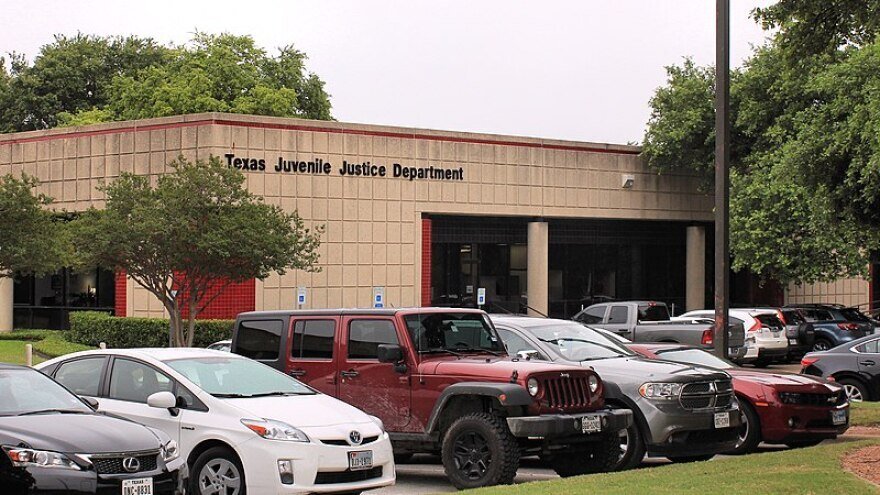Texas Juvenile Detention System Halts Intake
Texas’ juvenile detention system is halting intake due to an immense loss of staff members which has led to fears it will be unable to ensure the safety of youth in the system. The Texas Juvenile Justice Department currently has 331 vacant positions for juvenile corrections officers and only 391 officers available to cover its facilities.[1] Consequently, the State’s five youth detention facilities have implemented emergency protocols due to these staffing shortages.
As suicide rates continue to increase in the system, agency leaders have voiced concerns regarding their impaired ability to intervene in cases of mental and emotional distress. Shandra Carter, the agency’s interim director, made a statement in December that staff had assessed youth for suicidal concerns “1,000 times.”[2] With the rising mental health needs of individuals in these facilities, having enough staff members is vital.
All of this is transpiring in a juvenile lockup system that has a history of creating dangerous environments for youths in custody and is consistently haunted by physical and sexual abuse. The U.S. Department of Justice announced last October that it was investigating whether the Texas agency “provides reasonable protection from physical and sexual abuse by staff and other residents, excessive use of chemical restraints and excessive use of isolation”.[3] While the population of youths in the system has decreased over the past decade, these issues will disproportionately impact Black youth as they are 4.7 times more likely than their white peers to be held in juvenile facilities in Texas.[4]
Ms. Carter stated that the agency is seeking solutions to restart intake, including looking at which youths in custody are eligible for release, moving individuals to different units, and pausing intensive intervention programs for those who have committed violent crimes.[5] Bottom line, the Texas Juvenile Justice Department needs a significant intervention to create a safer environment for youths in their facilities.
[1] https://www.texastribune.org/2022/07/07/texas-juvenile-justice-staffing/
[2] https://www.texastribune.org/2022/07/07/texas-juvenile-justice-staffing/
[3] https://www.texastribune.org/2022/07/07/texas-juvenile-justice-staffing/
[4] https://www.sentencingproject.org/publications/black-disparities-youth-incarceration/
[5] https://www.texastribune.org/2022/07/07/texas-juvenile-justice-staffing/

